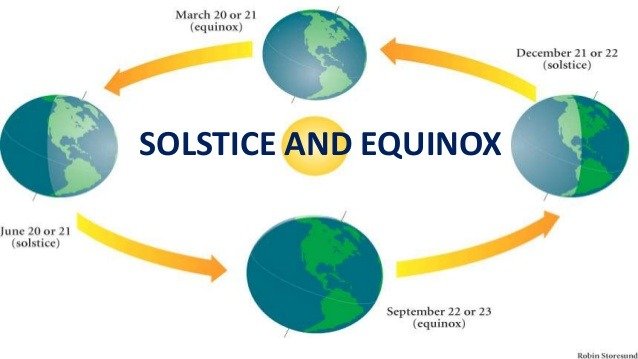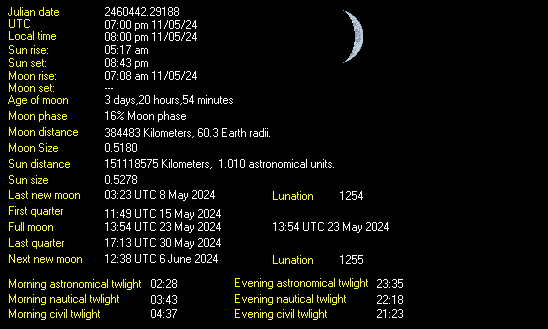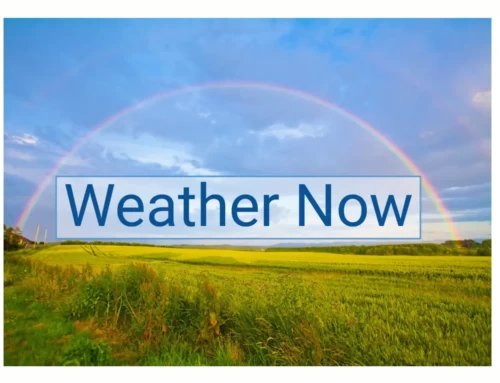Here’s an easy summary of the current sunrise, sunset, moonrise and moonset times as well as the current moon evolution that we have at the moment.
The Equinox and Solstice
The equinox and solstice define the transitions between the seasons of the astronomical calendar and are a key part of the Earth’s orbit around the Sun.
The Earth year is split in to four seasons; parts of the year where different amounts of sunlight are received as we orbit around the Sun.
As the Earth has a tilt on its rotational axis of 23.4 degrees, this leads to both hemispheres of earth being exposed to different amounts of sunlight, at different points in the year.
Equinox
The Equinox in the Northern Hemisphere occurs twice a year around 20 to 21st March (the spring equinox) and around 22 to 23rd September (the autumn equinox). They occur between the summer and winter solstices marking the point the Sun crosses the equator’s path and becomes positioned exactly above the equator between the Northern and Southern Hemisphere.
An equinox marks the date where both hemispheres receive an equal amount of sunlight, an equal amount of night and day. .
The spring equinox marks the beginning of spring, and from this day forward the day is longer than the night. Similarly, the autumn equinox marks the start of autumn as the night becomes longer than the day.

Solstice
These occur twice a year and are referred to as the ‘summer solstice’ and ‘winter solstice’. when the Earth’s axis is tilted most closely toward the sun.
The hemisphere tilted most towards the Sun sees its longest day, while the hemisphere tilted away from the sun sees its longest night.
The summer solstice, which occurs around the 20th to 21st June in the Northern Hemisphere, is the day of the year with the longest period of daylight.
The winter solstice, which occurs around the 21st to 22nd December in the Northern Hemisphere, is the day with the shortest period of daylight.
When it is the summer solstice in the Northern Hemisphere, the areas north of the Arctic circle receive sunlight for a full 24 hours, while areas south of the Antarctic circle have a full day of total darkness. This situation is reversed at the winter solstice.
At the summer solstice, the Sun reaches its highest point of the year, while at the winter solstice, the noon Sun is the lowest it will be all year.
During the summer solstice, the Northern Hemisphere of Earth is tilted towards the Sun, resulting in increased sunlight and warmer temperatures. This can also result in continuous daylight in far northern countries such as Iceland and Norway.
You can also think about solstices in terms of where on Earth the sun appears.
When it’s a summer solstice in the Northern Hemisphere, the sun appears directly over the Tropic of Cancer, the latitude line at 23.5 degrees North. (That’s as far north as you can go and still see the sun directly overhead.)
During the Northern Hemisphere’s winter solstice, the sun appears directly over the Tropic of Capricorn, the Tropic of Cancer’s southern mirror image.







Leave A Comment